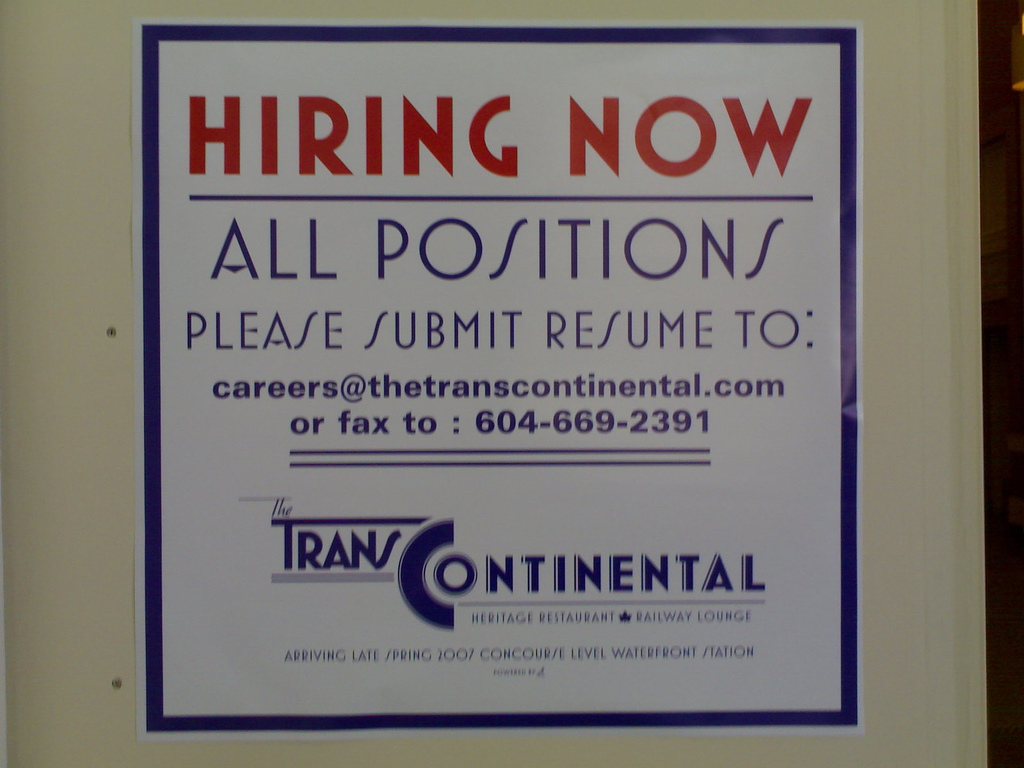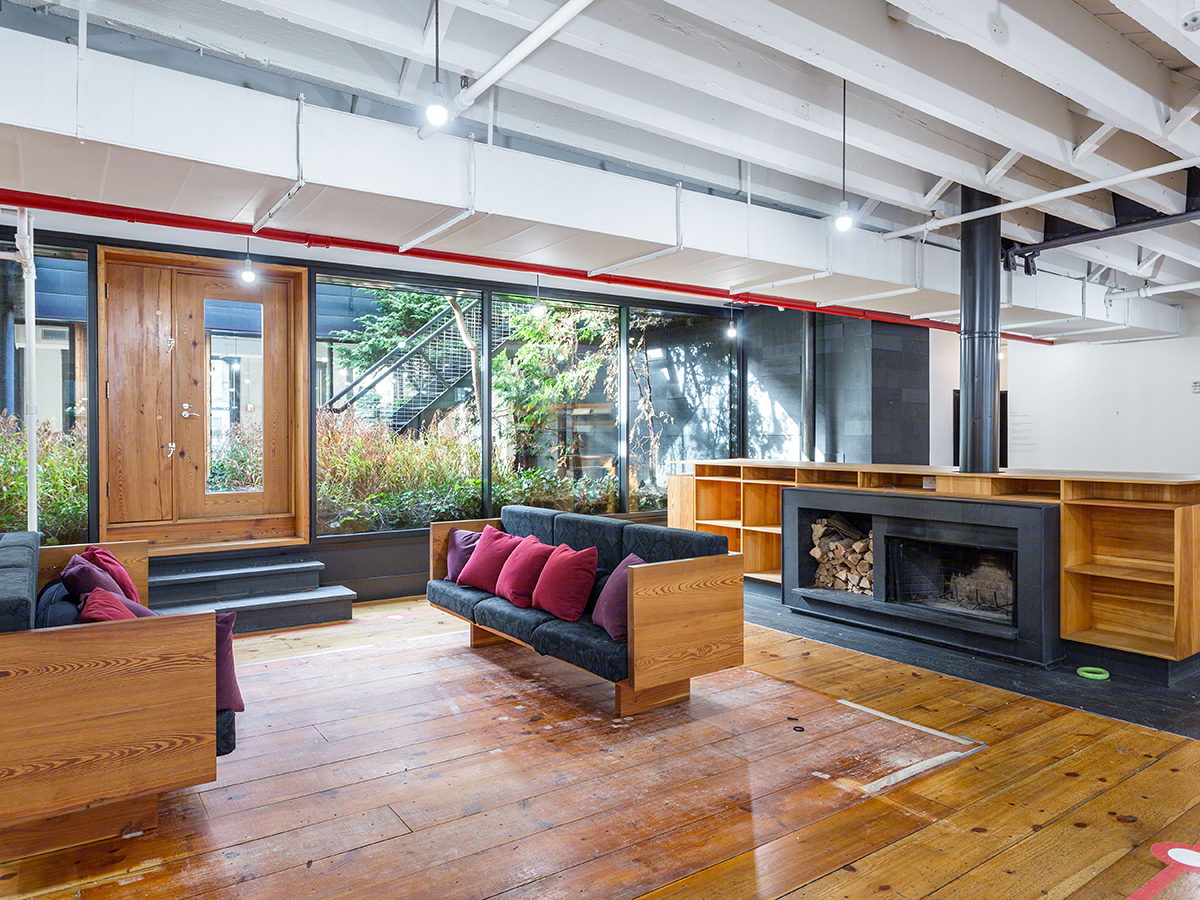Economy Watch: Displaced Workers Worse Off; Home Values, Durable Goods Orders Up
Formerly unemployed workers find jobs later, but most at lower pay than previously. American home values have increased. Durable good orders have gone up, mostly due to cars and airplanes driving the increase.
By Dees Stribling, Contributing Editor
On Friday the Bureau of Labor Statistics reported in its biennial Displaced Workers Summary, which tracks workers who lost jobs that they held for more than three years, that 6.1 million workers were displaced from such long-held positions during the period from January 2009 through December 2011. This was down from 6.9 million for the survey period covering January 2007 to December 2009.
In January 2012, 56 percent of workers displaced from 2009-11 were re-employed, up by 7 percentage points from the prior survey. Of the 3 million displaced workers who lost full-time wage and salary jobs during the 2009-11 period and were re-employed, 2.4 million had full-time wage and salary jobs in January 2012.
Even though a significant majority of those full-time workers reported being able to work again, often the jobs they found were worse paying, which has been a factor in erosion of earnings among the U.S. middle class in recent years. Of these re-employed full-time workers who reported earnings on their lost job, the BLS found that 46 percent were earning as much or more in January 2012 as they did at their lost job. But about one-third reported earnings losses of 20 percent or more.
Zillow Says Home Values Up
According to Zillow, which releases its market reports just ahead of Case-Shiller (due this week), U.S. home values increased 0.5 percent to $151,600 from June to July, marking another month of appreciation. Compared to July 2011, home values are up by 1.2 percent, supported in many places by low for-sale inventory, the company states.
Inventory shortages are, in turn, being fueled by negative equity and a slowing distribution of REOs, according to Zillow. The company’s market reports cover 167 U.S. metro areas, of which 102 showed monthly home value appreciation. Among the top 30 metros, 21 experienced monthly home value appreciation and 14 saw annual increases.
Leading the pack in terms of monthly price appreciation are Phoenix, San Jose and San Francisco — all hit fairly hard when the bubble broke — which experienced 2.2 percent, 1.2 percent and 1.2 percent home value appreciation, respectively. The largest monthly decline among the top 30 metros took place in St. Louis, where home values fell by 0.4 percent from June to July.
Transportation Drives Durable Goods Increase
Durable goods orders increased 4.2 percent in July, the monthly biggest increase since last December, according to the U.S. Department of Commerce on Friday. But the advance wasn’t broad-based, with orders for cars and airplanes driving all of the increase. Excluding transportation, which tends to be a volatile sector anyway, and durable goods orders were down 0.4 percent for the month.
Despite the shallowness of the durable goods report, Wall Street took the news and ran with it on Friday. The Dow Jones Industrial Average gained 100.51 points, or 0.77 percent, while the S&P 500 and the Nasdaq were up 0.65 percent








You must be logged in to post a comment.